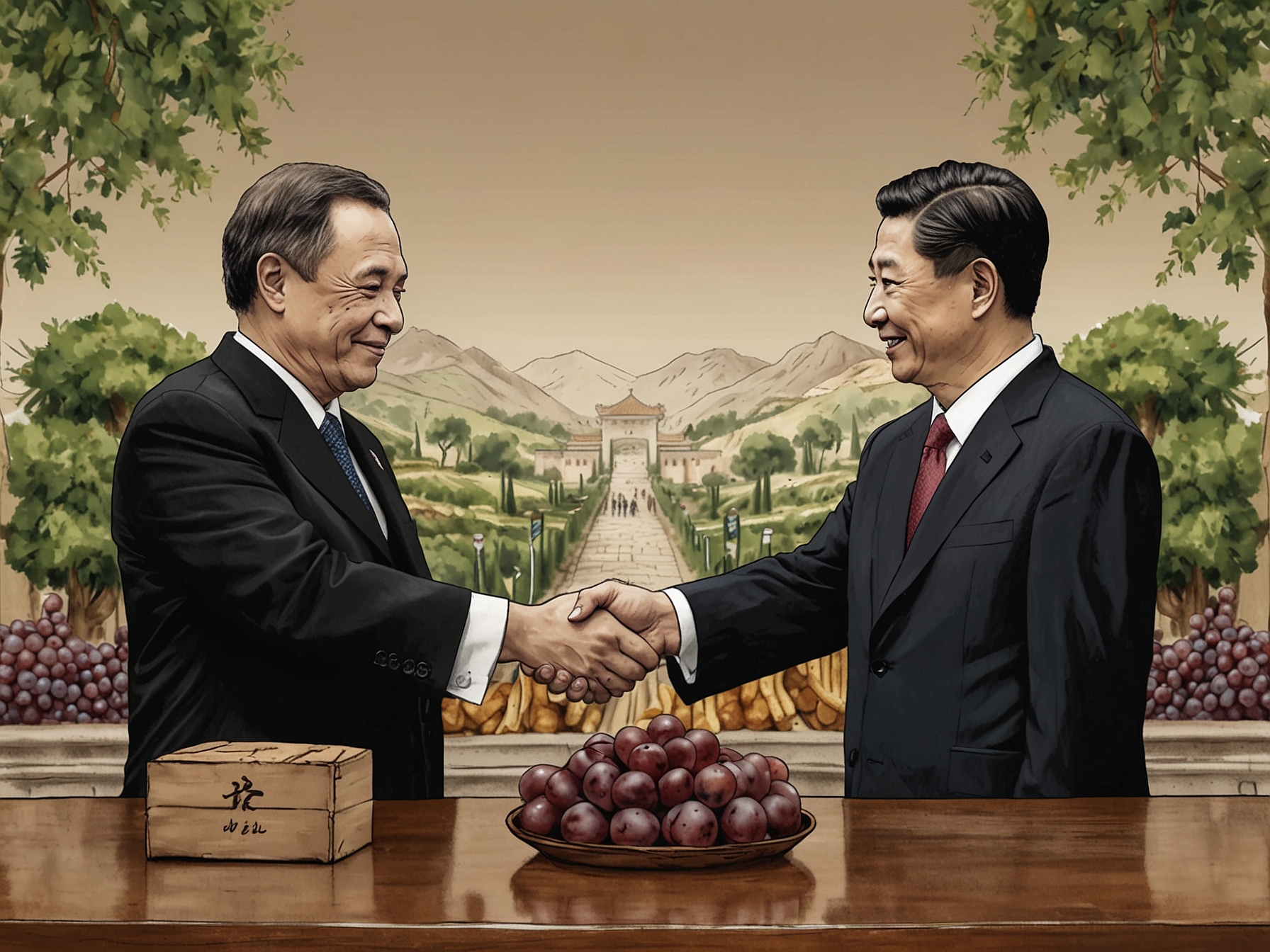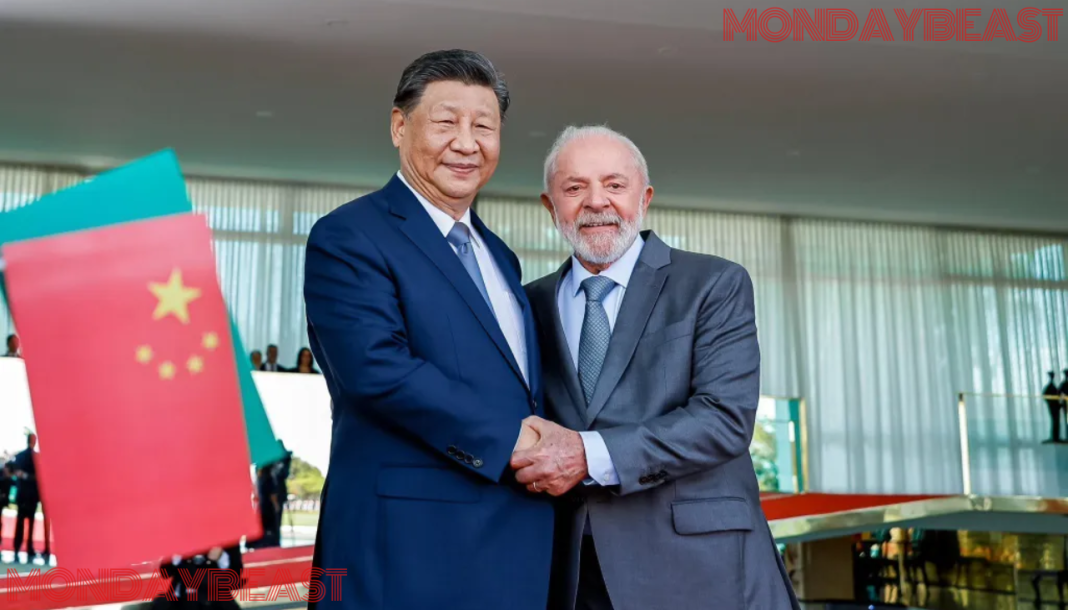Brazil and China Forge 37 New Agreements
The world of international trade was buzzing as Brazil and China agreed on 37 significant accords during Xi Jinping’s recent visit to Brasília. Did you know that this visit marked a monumental moment for agricultural exports? Picture this: Brazil, the powerhouse of agribusiness, shaking hands with the world’s most populous nation. The implications of this partnership stretch far beyond borders. They weave a narrative of opportunity and potential.
Expanding Agricultural Horizons
At the heart of these agreements lies the opening of the Chinese market to several Brazilian agricultural products. Imagine Brazil exporting fish meal, fish oil, and other derivatives crucial for animal feed directly into China. This decision opens doors for an annual commercial potential of about $450 million. It’s a sweet reward for Brazil’s hard-working farmers. However, some products, like pork offals, were left off the list. Why? Protocols were not finalized. The stakes are high, and the world is watching.
Fresh Grapes for the Market

Among the agreed items, fresh table grapes caught attention. Fresh fruits from Brazilian states like Pernambuco and Bahia are set to enrich Chinese tables. Local cultivators must adhere to strict agricultural practices, ensuring quality. Is it a coincidence that the marketplace is eager for high-quality produce? The answer is a resounding no. China’s demand for grapes is increasing, and Brazilian farmers appear ready to rise to the occasion.
China’s Significant Imports
China’s role in the global sesame market cannot be overlooked. With a staggering 36.2% share of global imports, the country invested $1.53 billion in sesame in 2023 alone. While Brazil is still catching up, accounting for only 5.31% of the market, this agreement could spur growth. What does it mean for lower-tier farmers? It provides them with opportunities for expansion and income.
The Road Ahead for Brazilian Frigoríficos
Despite the excitement, some areas remain uncertain. New Brazilian meatpacking facilities aimed at exporting to China were not included in the agreements. President Luiz Inácio Lula da Silva emphasized Brazil’s crucial role in ensuring China’s food security. However, the absence of new food safety protocols leaves many to wonder about the future. Can Brazil effectively negotiate its way into China’s meat supply chain? That remains to be seen.
Cautious Engagement with the Belt and Road Initiative

Interestingly, Brazil did not join China’s behemoth Belt and Road Initiative. The government believes it is prudent to maintain a balanced diplomatic approach. “Why not jump in?” one may ask. Every nation has its reasons. Brazil opted to sign a cooperative roadmap to foster synergies instead. It reflects careful consideration that balances growth and sovereignty.
Wider Implications Beyond Agriculture
The 37 agreements reach into sectors beyond agriculture. They touch on technology, education, and even health. A partnership between Brazilian Telecom and a Chinese company aims to enhance internet access in remote areas. The possibilities are vast. How does this tie into Brazil’s technological progress? An investment in connectivity can empower communities, fostering growth and opportunity.
New Economic Opportunities
The cooperation agreements also highlight a commitment to financial growth. Brazil aims to enhance investments through nuanced partnerships with China. Will such ventures foot the bill for future economic prosperity? Only time will tell. One thing is certain: these agreements serve as a promising foundation for both countries.
Cultural Exchange and Understanding

A cultural memorandum seeks to deepen ties through audiovisual cooperation. A question arises: how might cultural exchanges reshape public perception and understanding? As both nations bridge their unique customs, the benefits could extend to realizing shared interests.
Conclusion: A World in Flux
As we witness Brazil and China’s evolving partnership, we must ask ourselves about the ramifications on the global stage. Are we prepared for a future where such alliances shape international trade? With their myriad agreements, both countries aim to create a more interconnected world. This relationship, like all important dynamics, requires scrutiny. Ultimately, the world watches closely as Brazil and China navigate this new chapter.




